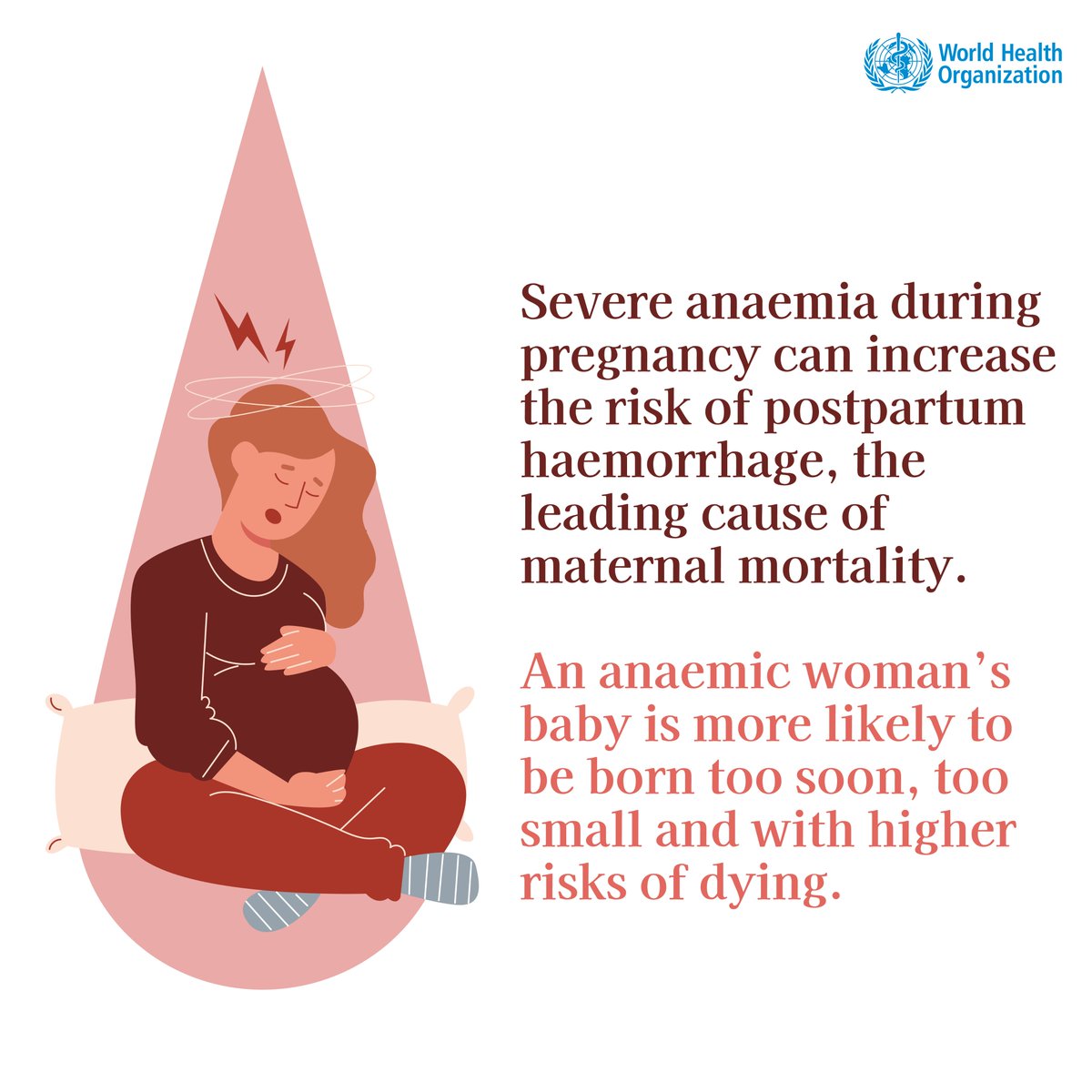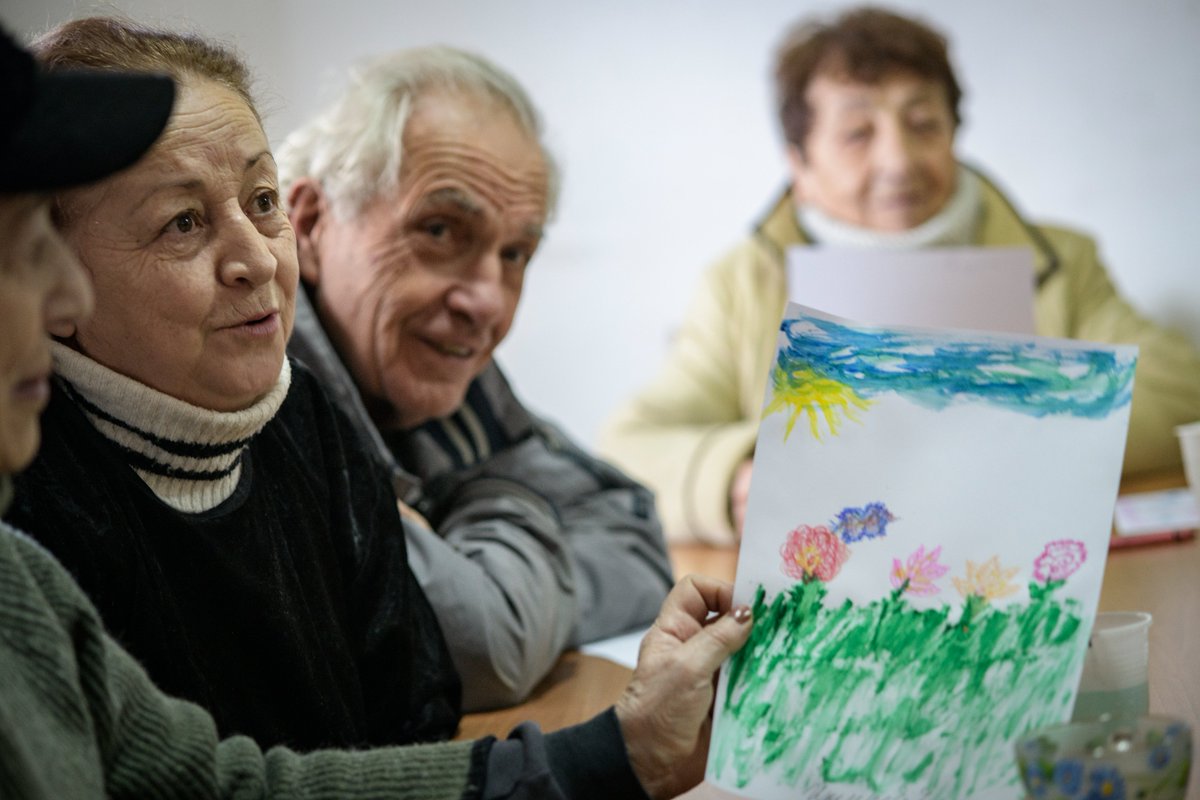WHO's first-ever comprehensive framework on reducing #anaemia - calling on countries to accelerate action to reduce the prevalence of anaemia in young children, adolescent girls and women.
Anaemia is a serious global public health problem, affecting 571 million women and 269… twitter.com/i/web/status/1…
Anaemia is a serious global public health problem, affecting 571 million women and 269… twitter.com/i/web/status/1…

Symptoms of #anaemia incl.:
🩸 Tired
🩸 Dizzy or lightheaded
🩸 Cold hands and feet
🩸 Shortness of breath
🩸 Pale skin
🩸 Bruised more easily
bit.ly/41BL5yE
🩸 Tired
🩸 Dizzy or lightheaded
🩸 Cold hands and feet
🩸 Shortness of breath
🩸 Pale skin
🩸 Bruised more easily
bit.ly/41BL5yE

Anaemia can cause extreme fatigue, poor growth and development and poor pregnancy outcomes, and increases the risk of impaired cognitive performance, infections and death in severe cases.
#Anaemia is a strong indicator of overall health bit.ly/41BL5yE

#Anaemia is a strong indicator of overall health bit.ly/41BL5yE


Prevent and manage #anaemia
Choose foods rich in iron, folate, vitamin A and B12, such as:
Lean red meat
Fish
Poultry
Legumes
Citrus fruits
Orange and yellow vegetables
Dark green leafy vegetables
Fortified cereals
bit.ly/41BL5yE
Choose foods rich in iron, folate, vitamin A and B12, such as:
Lean red meat
Fish
Poultry
Legumes
Citrus fruits
Orange and yellow vegetables
Dark green leafy vegetables
Fortified cereals
bit.ly/41BL5yE

• • •
Missing some Tweet in this thread? You can try to
force a refresh

 Read on Twitter
Read on Twitter













